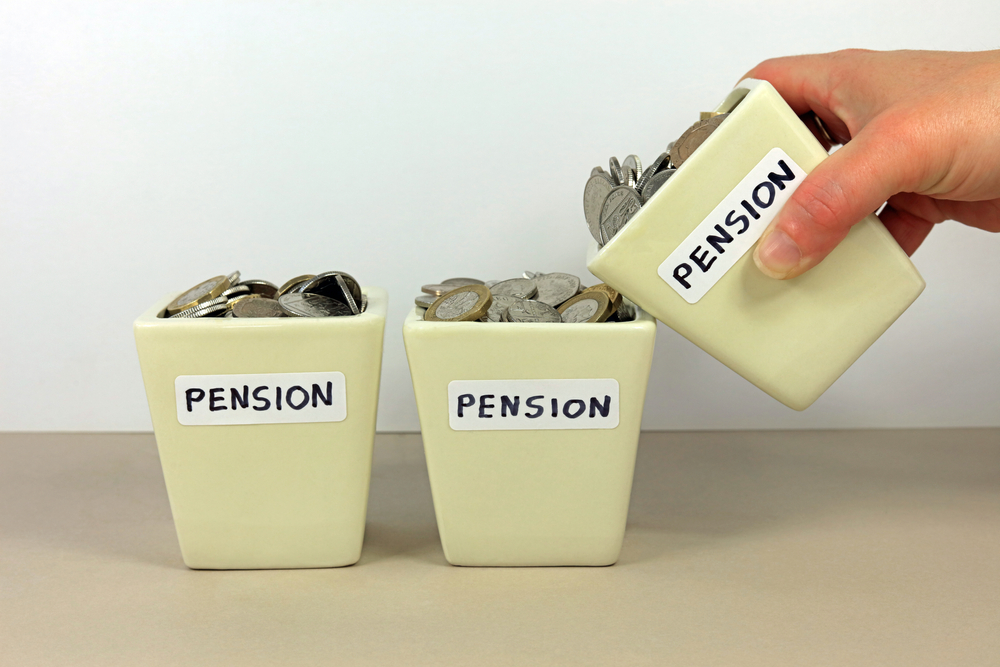News
More people pay into pensions but contributions eaten by inflation

The number of workers paying into a pension reached 79% in April 2021, or 22.6 million employees, up on 2020s figure, according to data from the Office for National Statistics (ONS).
This is a huge rise in those taking up a workplace pension from the 47% recorded in 2012 before auto-enrolment was introduced, but there are concerns about the amount of money being put away.
The number of employees not saving into a private pension who are excluded from auto-enrolment, such as those who are self-employed or too young to be included in the scheme, also remains high.
And given the cost-of-living crisis and current soaring levels of inflation, this is predicted to impact the amount people are able to save for their retirement.
Of the total figures, 91% were those working in the public sector and 75% in the private sector. This is one of the lowest gaps seen between the two sectors since auto-enrolment began.
Yet the difference in pension pots between these sectors remains vast. Between 2018 and 2020, for example, employees in the public sector had an average workplace pension of £65,400, compared with £10,300 for those in the private sector.
The ONS said the increase over the past year is partly due to increased public sector employment driven by the government’s response to the coronavirus pandemic. It also said participation in auto-enrolment has stabilised in recent years.
‘Rates of contribution nowhere near what they need to be’
Inflation is currently at a 30-year high of 7% and the cost of essentials has risen. Therefore it’s expected that pension contributions are low down the list when it comes to household finances.
Adrian Kidd, chartered wealth manager at EQ Financial Planning, said: “While this report may appear like good news, the numbers that really matter are what people are contributing.
“I suspect, and fear, that rates of contribution are nowhere near what they need to be and that any plans to uplift contributions among employees will be shelved to pay for higher living costs elsewhere. The current level of inflation poses a real threat to people’s desire to contribute more to their pensions.”
Further reform called for by pension experts
Eight in 10 employees who are eligible for auto-enrolment now have a workplace pension. Yet for those who aren’t eligible, this falls to two in 10.
Those earning below the trigger of £10,000 are also much less likely to be putting money away into a private pension. In the 2017 government review into the scheme, it pledged to lower the age from 22 to 18 yet this hasn’t happened yet.
Helen Morrissey, senior pensions and retirement analyst at Hargreaves Lansdown, said: “It is clear these actions would considerably boost participation among these underserved groups and give them the opportunity to save more for longer and build a more resilient retirement as a result.
“Anyone who feels they can’t afford it is able to opt-out, but the data overwhelmingly shows that the vast majority of people remain in their pension once they’ve been enrolled.
“The review initially gave a mid-2020s timeframe but when pressed on the issue recently the pension minister would only say the reforms would be brought about “in the fullness of time”. These are important next steps in the evolution of auto-enrolment, and they must not be kicked into the long grass.”
Tom Selby, head of retirement policy at AJ Bell, said: “The reforms remain half-baked, with millions of people ineligible and minimum contributions too low to deliver a decent income in retirement.
“Making ends meet is extremely challenging for lots of people at the moment, let alone saving for the future.
“But the reality is if you don’t take responsibility for your retirement sooner rather than later, you risk being forced to work until you drop or accept a lower standard of living in your later years.”